5 weird Disney films we never got to see
Making an animated classic takes a long time – and a lot of creative decision-making. Here are five fascinatingly different versions of famous Disney movies that almost came to pass, only to be consigned to the idea bin of history.
Elsa is a full-on baddie in ‘Frozen’

Disney had been trying to make a version of Hans Christian Andersen’s fairytale ‘The Snow Queen’ since the late 1930s, but every attempt had run aground. In 2008, the project was revived again and even had some cast – ‘Will & Grace’ star Megan Mullally was onboard as Elsa (then a flat-out villain) and Josh Gad, who did eventually play snowman Olaf in the finished film.
– Moana just the latest progressive feminist Disney hit
– The faces behind beloved Disney characters
But the creative team always found the movie had one big problem – Elsa, the lead character, but also, basically, evil – just wouldn’t work. In early drafts of the script, she kidnapped Anna from the latter’s wedding and deliberately froze her heart, before spending the rest of the film stopping her from finding true love. One narrative had her attacking a city with an army of snowmen.
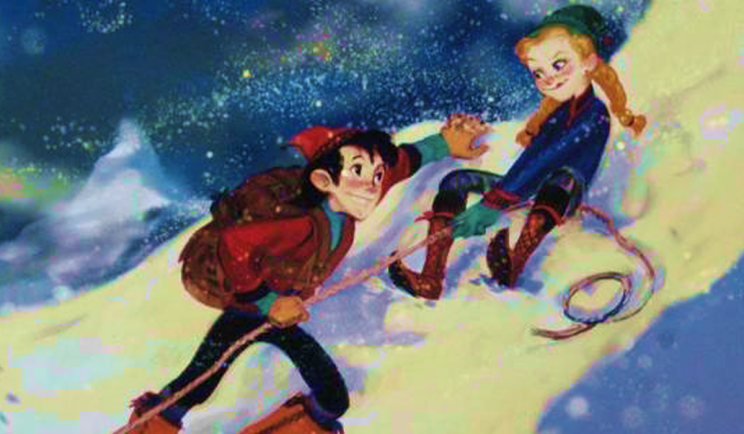
The breakthrough came when the filmmakers decided to make Elsa and Anna sisters and show how Elsa was instead a powerful woman overwhelmed by her gifts and then making Prince Hans the baddie. Throw in a bit of ‘Let it Go’ and the rest is history.
‘Beauty and the Beast’ without the tunes

Known as the ‘Purdum’ version – because of British directors Richard and Jill Purdum – this early take on the Oscar-winning movie had a lot in common with Jean Cocteau’s 1946 sober black-and-white adaptation.
There were no songs, the Beast’s enchanted objects have no faces or voices and there were disturbing scenes like the one in which the Beast brought back a deer he had killed and ate it like a wild animal.
The Purdums presented their teaser reel to Disney executives who hated it, arguing it didn’t fit into the Mouse House canon and beginning the process of hiring songwriters Alan Menken and Howard Ashman and turning the film (with new directors) into the iconic film it is today.
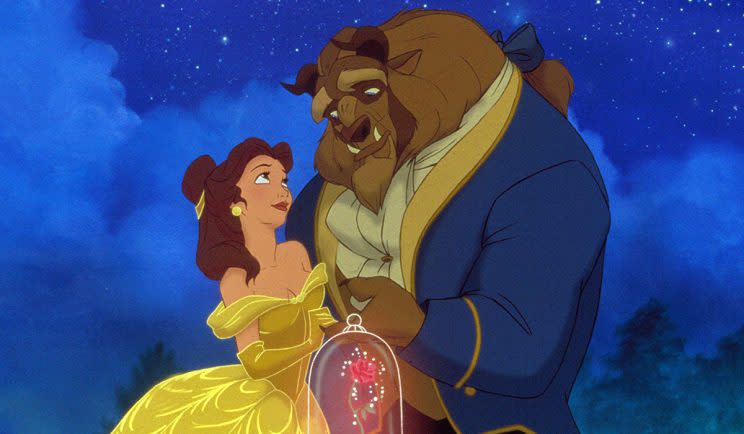
While a dark, dramatic take sounds less fun to watch, consider what could have happened. One early script included body-swapping, wizards and sharks being turned into henchmen for an evil prince.
‘The Emperor’s New Groove’ has less jokes and more Sting
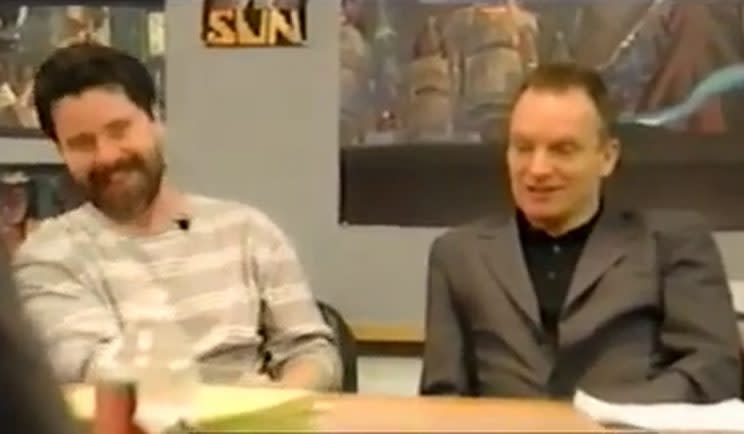
Thanks to the mega-success of ‘The Lion King’ and its Elton John soundtrack, the big cheeses at Disney thought it would be a good idea to call on another British pop icon, Sting, to write some tunes for an epic Incan-inspired take on ‘The Prince and the Pauper’.
‘Kingdom of the Sun’ (as it was then known) had a lead character who was a llama herder called Pacha (originally voiced by Owen Wilson) who’s recruited to take the place of a self-absorbed prince named Manco and ends up saving the world from an evil sorceress intent on destroying the sun.
The former Police-man wrote a bunch of songs but the Disney brass were unsure about the epic scale of the story co-created by animation icon Roger Allers, a feeling likely exacerbated by the comparative lack of impact from similarly bold efforts like ‘Pocahontas’.
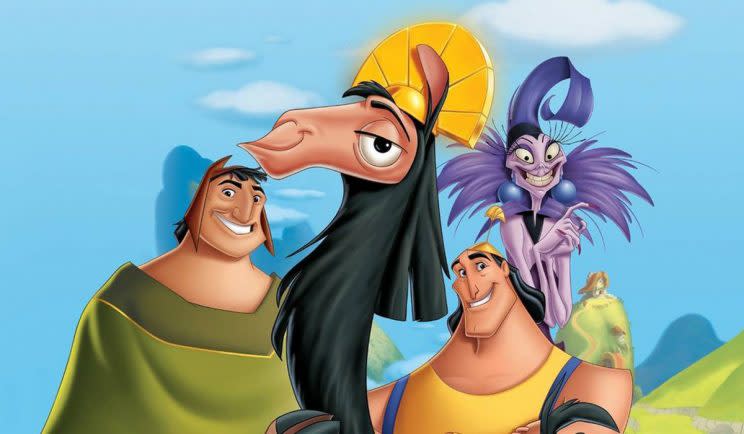
Allers tried to explain he was “mixing elements of adventure, comedy, romance and mysticism”, but has since said it was felt the company were perceived to be working on too many other similarly grand films. Different writers were brought on board, Allers left and almost all of Sting’s song were ditched, as the movie turned into a slapstick comedy called ‘The Emperor’s New Groove’ with the spoiled prince character becoming the hero.
In many ways out of step with traditional Disney fare, it’s one of the company’s funniest and most underrated movies. One other big change? The name of the lead character from Manco to Kuzco. Apparently omanco means vagina in Japanese.
‘The Black Cauldron’ is seriously dark

The peculiar and inaccessible 1985 fantasy flick is now regarded as the nadir of Disney animation, before the renaissance in 1989 with ‘The Little Mermaid’.
When it was being developed and made, this adaptation of a book series based on Welsh myth was always intended to be more PG-13 than U and aimed at young adults, inspired by some of the sword-and-sorcery/high fantasy flicks which dominated the box office in the early 1980s. Scenes of graphic violence were drawn and animated including shots of a baddie getting melted by a poisonous mist (these gruesome scenes aren’t so surprising when you hear a young Tim Burton worked on the film), while the princess heroine at one point found herself partially-naked.
But then a young Jeffrey Katzenberg was hired by Disney and took over the movie, demanding pretty much all of these scenes were cut, about 12 minutes in total. The product shipped to cinemas was confusing, with strange jumps in the soundtrack (most likely because the edits happened too close to the release date to sort it out) and became one of the company’s biggest flops. The original cut has never been seen.
Scarier villains and a different title for ‘The Lion King’

Released in 1994, the idea for this classic was hatched over lunch in 1988 and was originally called ‘King of the Kalahari’. It became ‘King of the Jungle’ and was initially pitched, according to exec producer Thomas Schumacher, as “an animated National Geographic special.”
There were no songs and Scar was a gigantic rogue lion banished from another pride rather than Mufasa’s brother, who savagely murders the king in cold blood in front of his subjects.
The hyenas were also not just henchmen – in particular their leader Banagi, who rather than the more foolish animals of the finished film, is a manipulative puppet-master.
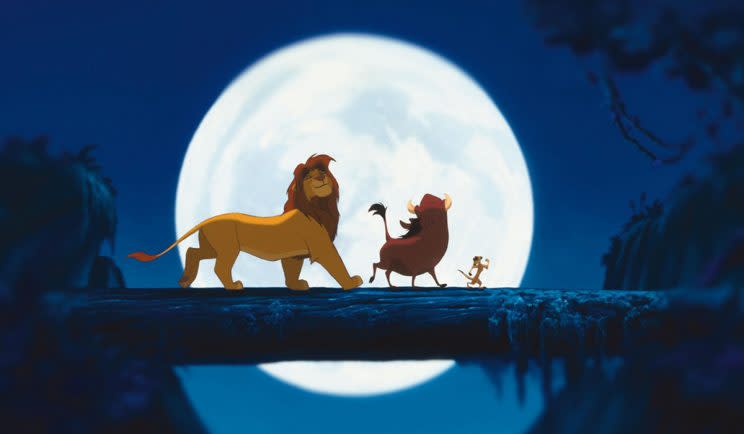
Of course, then Elton John came along, Jeremy Irons helped turn Scar into a more Shakespearean nemesis and it became one of the biggest Hollywood hits ever.
– 5 amazing Disney animation rivals that died out
– What’s the most popular Disney song?

 Yahoo Movies
Yahoo Movies 
